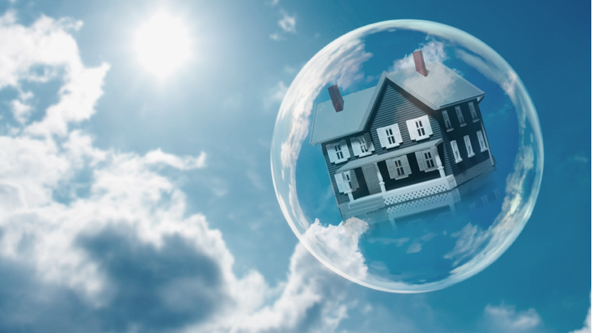It shouldn’t be hard to understand that nearly 90 months of ZIRP has regenerated the equity and real estate bubbles that first pushed the global economy off a cliff back in 2007. In fact, the Fed’s unprecedented foray with interest rate manipulation has caused these assets to become far more detached from underlying fundamentals than they were prior to the start of the Great Recession.
The prima facie evidence for the stock market bubble can be found in the near record valuation of the S&P 500 in relation to GDP and in its median PE multiple. But perhaps the best metric to illustrate this overvaluation of equities is the current 1.8 Price to Sales ratio of the S&P. This is the highest ratio exhibited outside of the Tech Bubble and is especially absurd given 5 quarters in a row of falling revenue.

Accretive to the prior two bubbles is the creation of the most dangerous distortion of fixed income values in economic history. Evidence for the global bond bubble is clearly manifest in the simple fact that $9 trillion worth of sovereign bonds now offer investors a negative yield. When 30% of the developed world’s insolvent debt trades with a minus sign you know that fixed income has entered the twilight zone and that bond vigilantes have fallen into a deep coma. In fact, according to the Bank of America Global Broad Bond Market Index, yields have now fallen to a record low 1.25%. Not only are global bond yields at record lows but the duration on these fixed income holdings has reached a record high. This isn’t a problem for creditors; but the holders of long-duration debt get hurt the most when interest rates rise.
The reemergence of equity and bond bubbles are being debated in the financial media. But what is less known to investors is the massive amount of forced hot air that has been blown into the commercial real estate market. For example, commercial real estate prices have increased by double digits for the past six years, according to The National Council of Real Estate Investment Fiduciaries. Also, according to the Real Estate research firm Green Street Advisors, commercial property prices now exceed the 2007 prior peak by 24% overall. And in cities such as Manhattan, preferred office buildings and apartment complexes are 60% higher than what existed during the previous housing bubble. Of course, such lofty values have driven National Retail cap rates down to the subbasement of history, at just 6.5%. But this Fed induced famine has caused yield-starved investors to embrace low income streams in the hopes if they ignore this current bubble it won’t pop in the same manner as it did eight years ago.













Leave A Comment